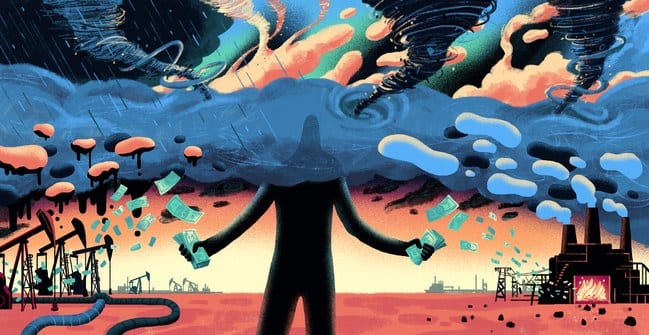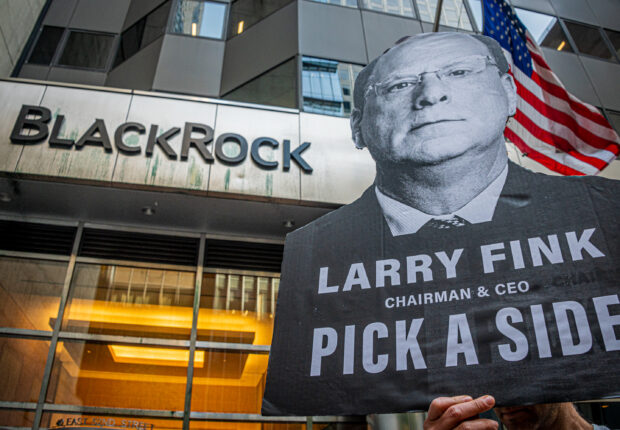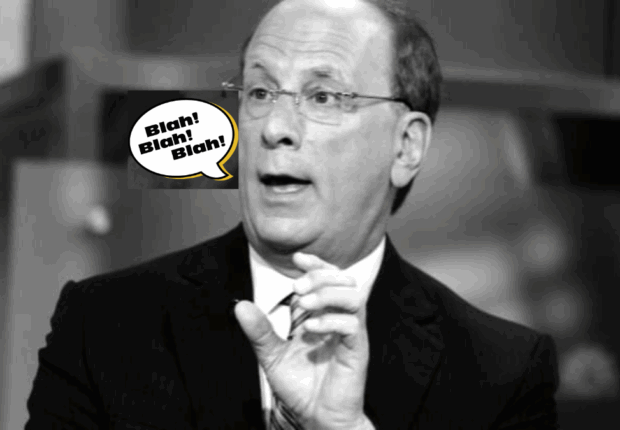Bill McKibben explores the immediate and substantial impact on the climate emergency if banks, insurance companies, and asset managers moved their money from fossil fuels.

We wouldn’t want to be BlackRock’s PR advisor this past month as the company continues to get hit with bad news from all sides.
Bill McKibben this week let the world in on our strategy to fight climate chaos by disrupting the biggest sources of fossil finance. In “Money is the Oxygen on Which the Fire of Global Warming Burns“, he called the work of disrupting fossil finance “the last great climate campaign”, noting that while governments move much slower than the pace of the climate crisis unfolding before our eyes, the finance industry could have a significant impact on solving the planetary crisis, almost instantly.
Here are some key quotes from the widely shared piece:
Without (banks, asset managers, and insurers) the fossil-fuel companies would almost literally run out of gas, but BlackRock and Chubb could survive without their business.
If (BlackRock) simply decided to exclude fossil-fuel stocks from its main funds, it would send a message like no other.
There’s no reason that BlackRock couldn’t construct its own index, and market it in such a way as to make a fossil-free fund the default option for investors. It’s as if the firm were saying, The buffet at our restaurant has always included arsenic. It’s part of what makes it a buffet. But wouldn’t it be a nicer restaurant if you actually had to go out of your way to order the arsenic?
The article mentions the great work of groups like RAN, IEEFA, and many others including the BlackRock’s Big Problem campaign. It’s now our go-to primer for any climate activist wondering why we’re targeting BlackRock to undermine the pillars of support to the fossil fuel industry.
Read the full article on the New Yorker website.

